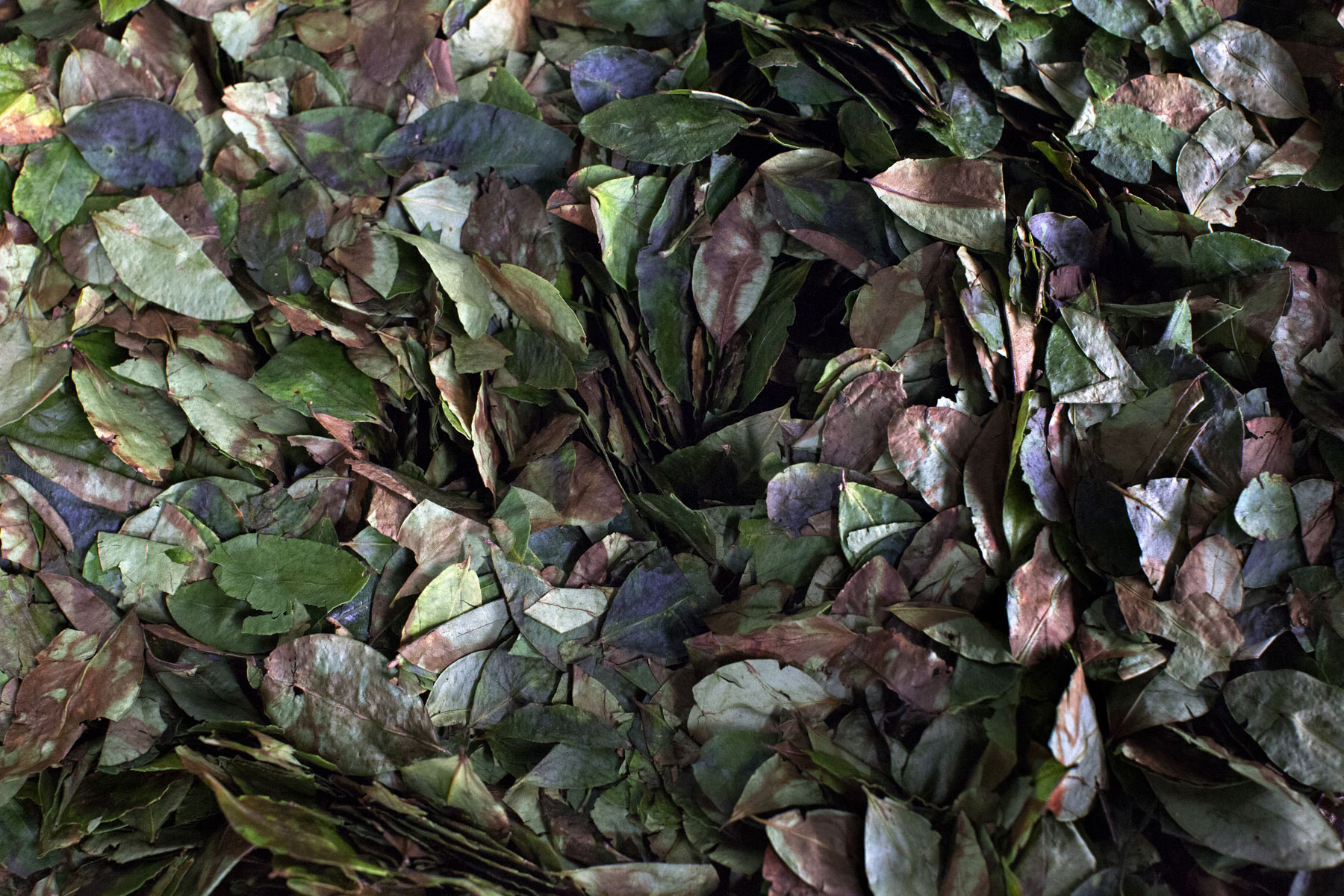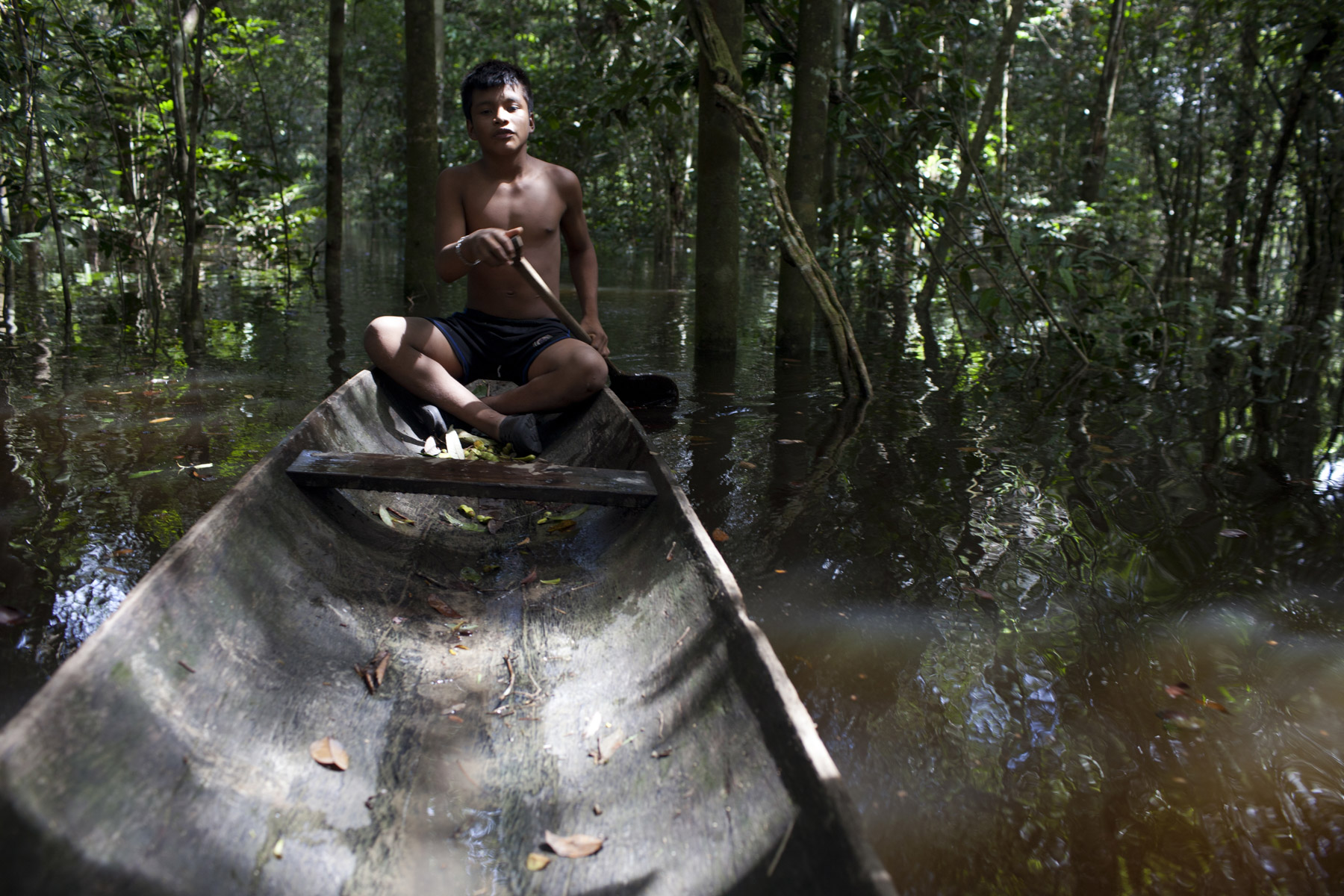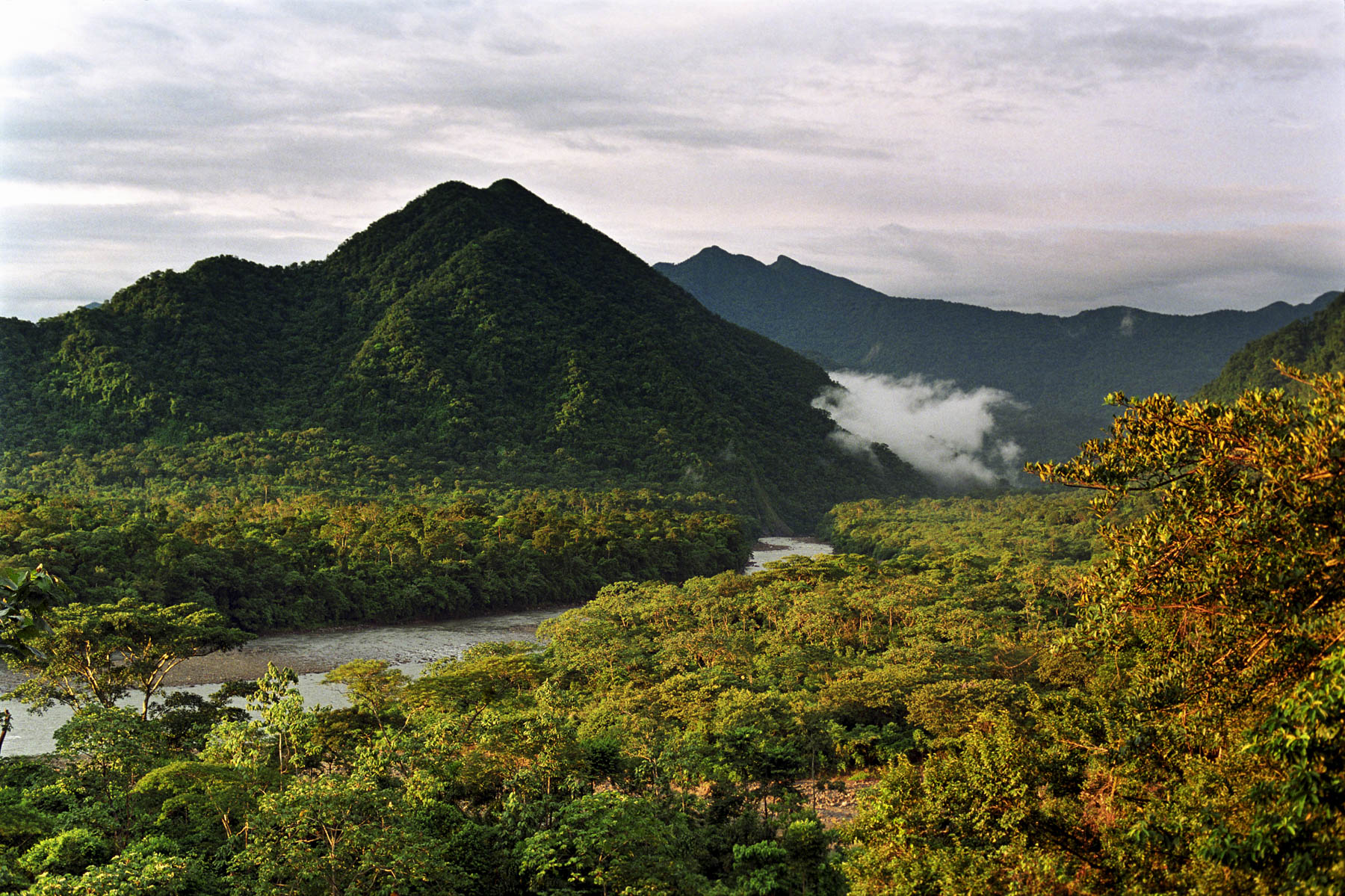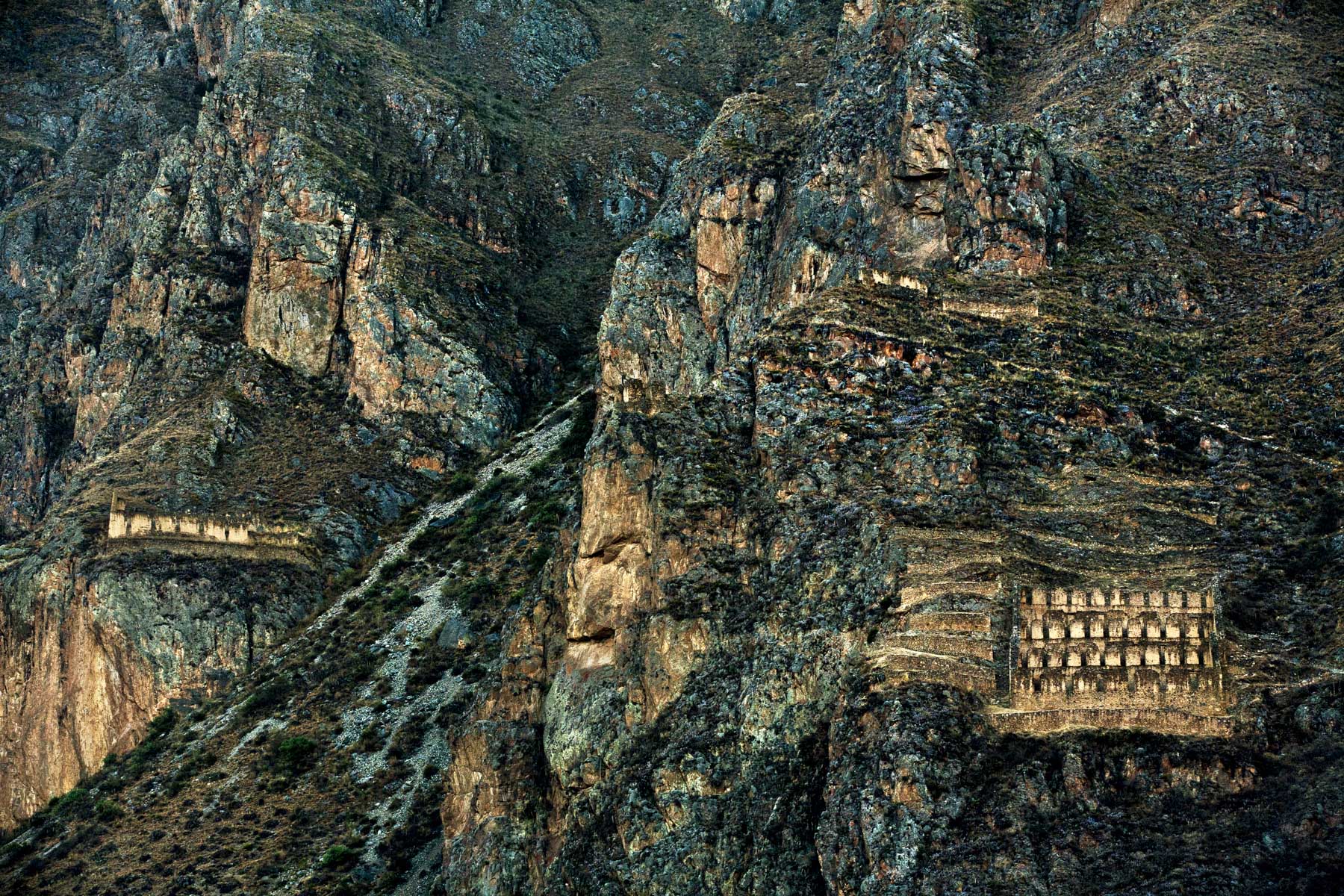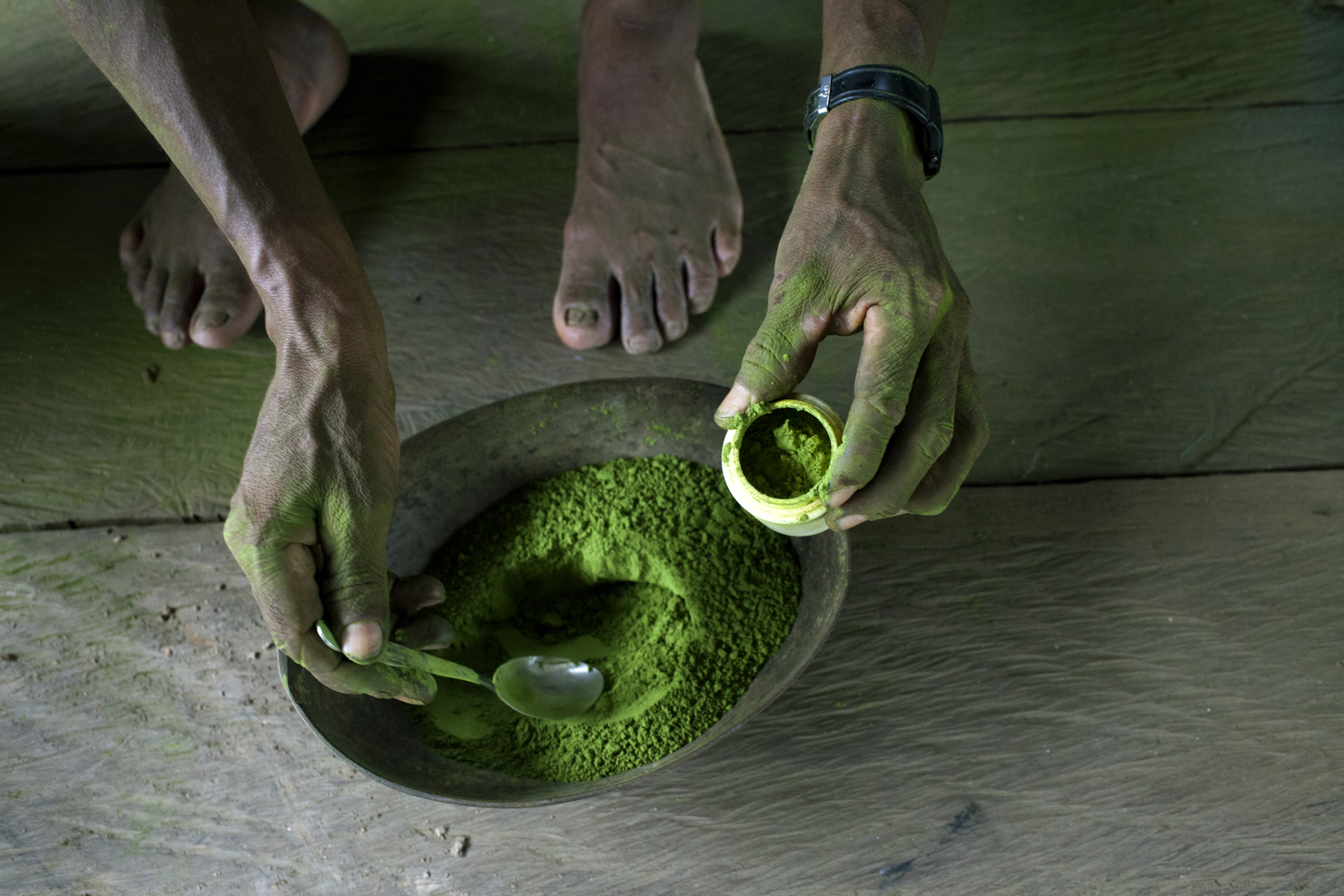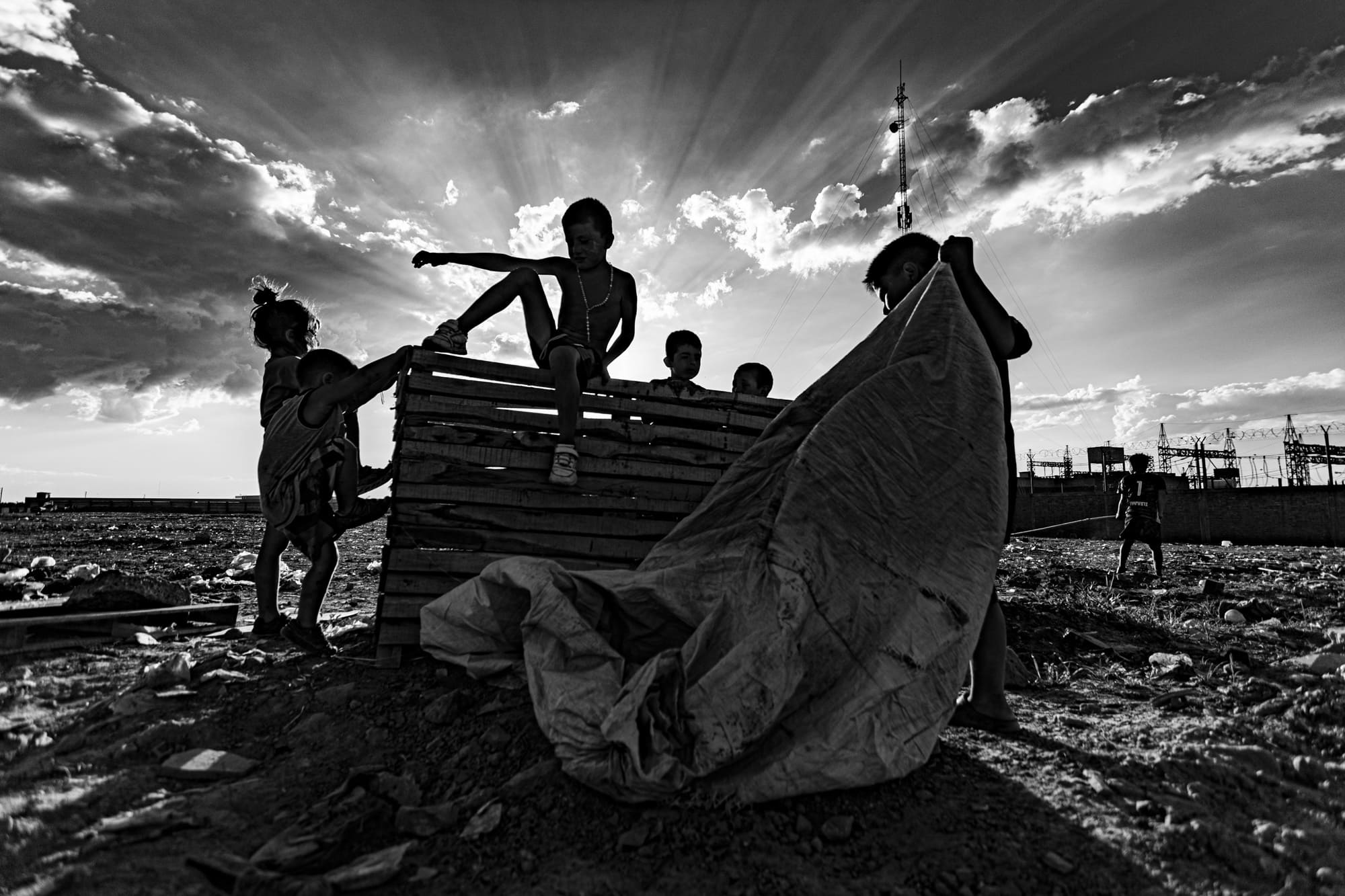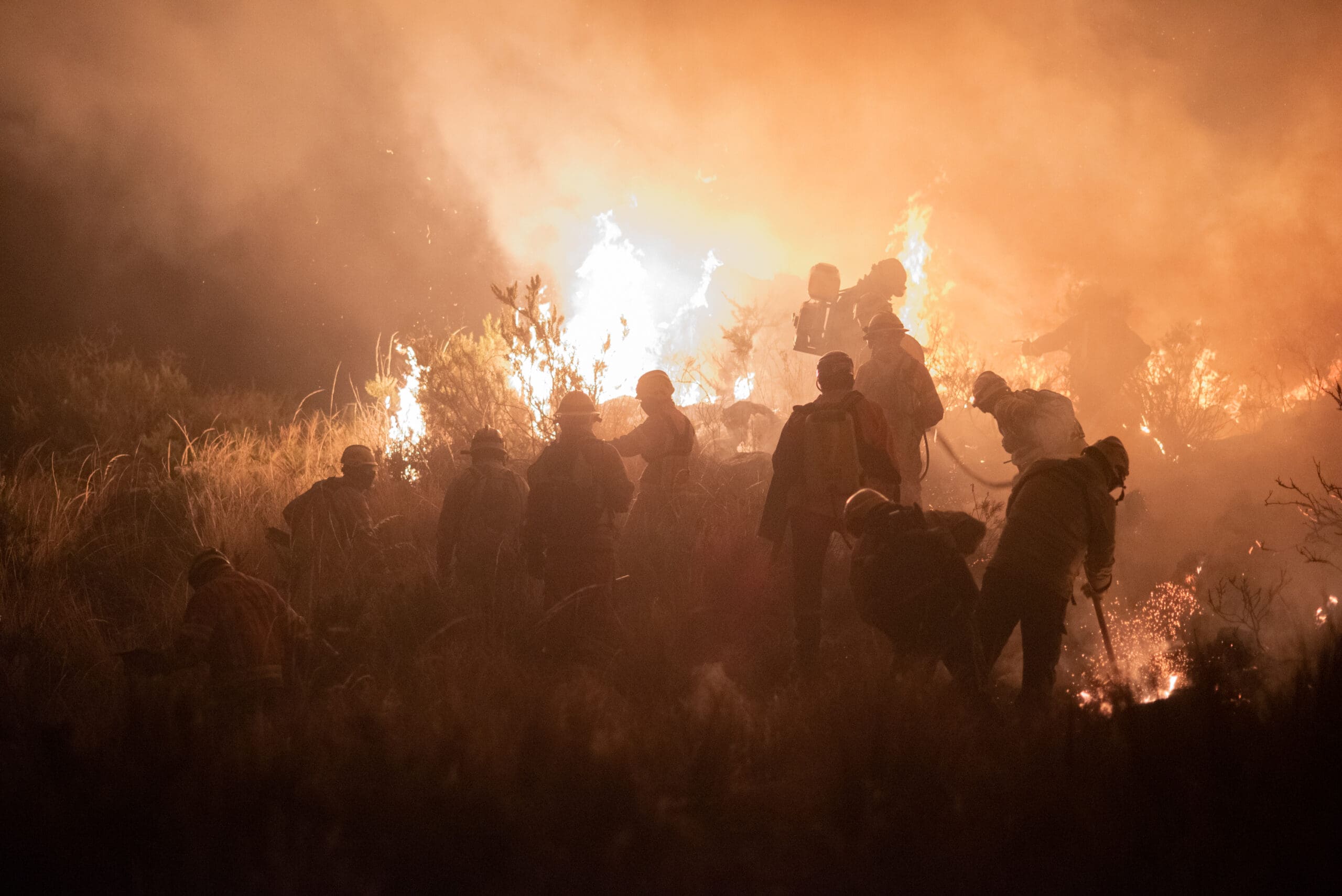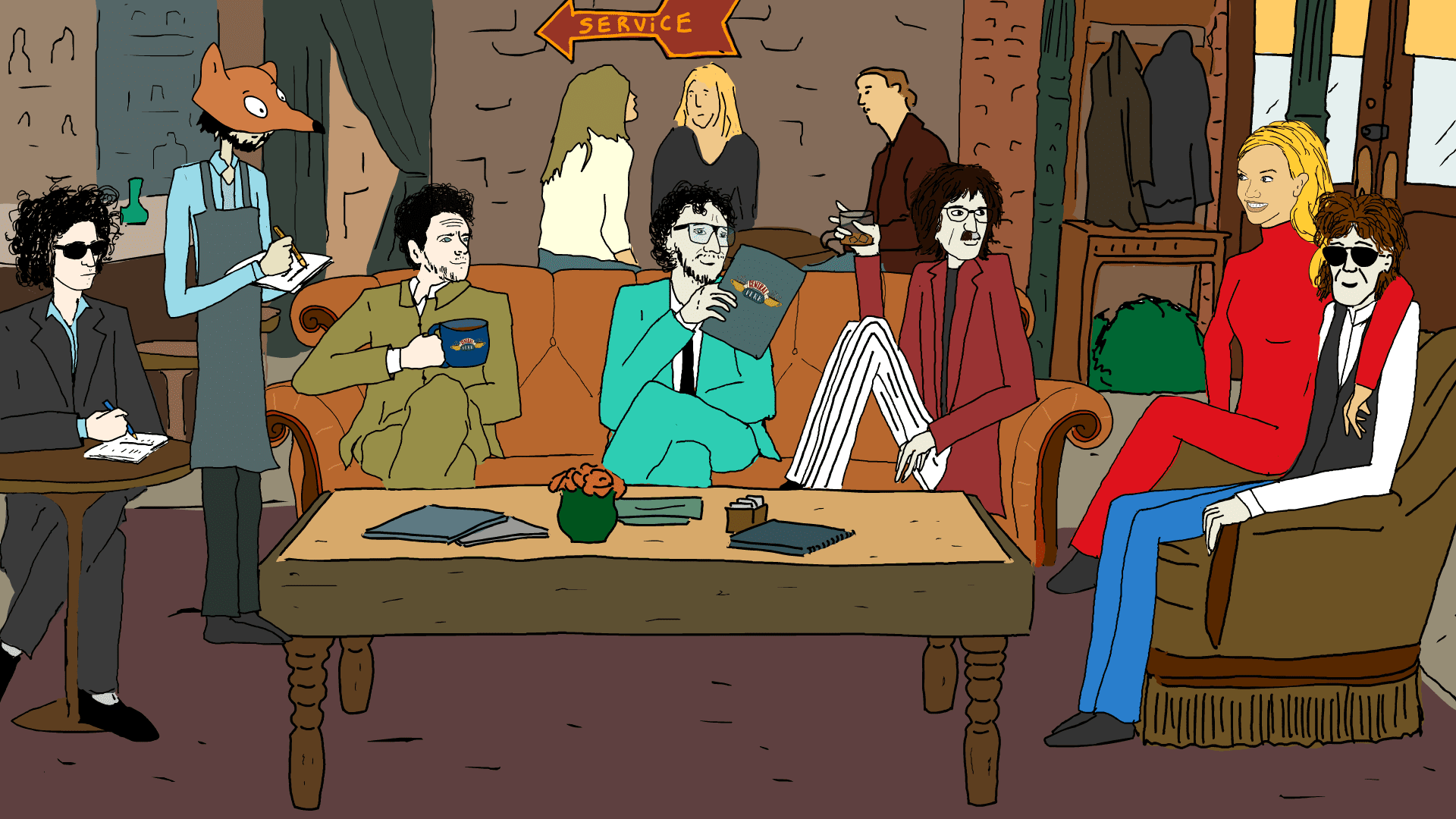In 2000, Carlos Villalón was a Chilean photographer living in New York. “We like your portfolio, what do you want to do?” They asked him on Getty Images when he showed his work. Carlos did not suspect that his answer was going to immerse him in a journey that lasted fifteen years, and has not ended yet .
He proposed a coverage of the peace talks between the FARC and the Andrés Pastrana’s government that had begun a year earlier in the demilitarized zone of San Vicente del Caguán, Caquetá. The negotiations included the substitution of coca crops and lasted until they were broken in 2002. It was the beginning of the war against drugs within Plan Colombia. In this context, Villalón discovered the chameleonic spirit of coca. And that this war was lost before it began because, no matter who is in power, the coca will remain. Always.
“I came to Colombia at 34,” he says, “and I never left because I came across this story and said, ‘It is the best place to work.'”
At the beginning, the story had precise limits: the peasants who, for lack of money, used cocaine paste (chemical source of cocaine) as a currency in rural towns where the state was absent. It was the ticket to pay the doctor, to buy rice in a store or to go to a restaurant.
He worked in a photoreport on the stories of barter until 2004. In those years he traveled whenever he could to southern Colombia to portray those children with machetes, families around a table weighing a bag.
“This is potatoes, tomatoes, oranges for us,” the peasants who planted the forbidden leaf told him. “If the government gave us the opportunity to not have to grow a plant that later becomes a drug, we would. If we could plant potatoes, if we had roads and bridges and it was cheaper to take food to a collection center or market to sell it, obviously we would. But we have no choice but to do it.”
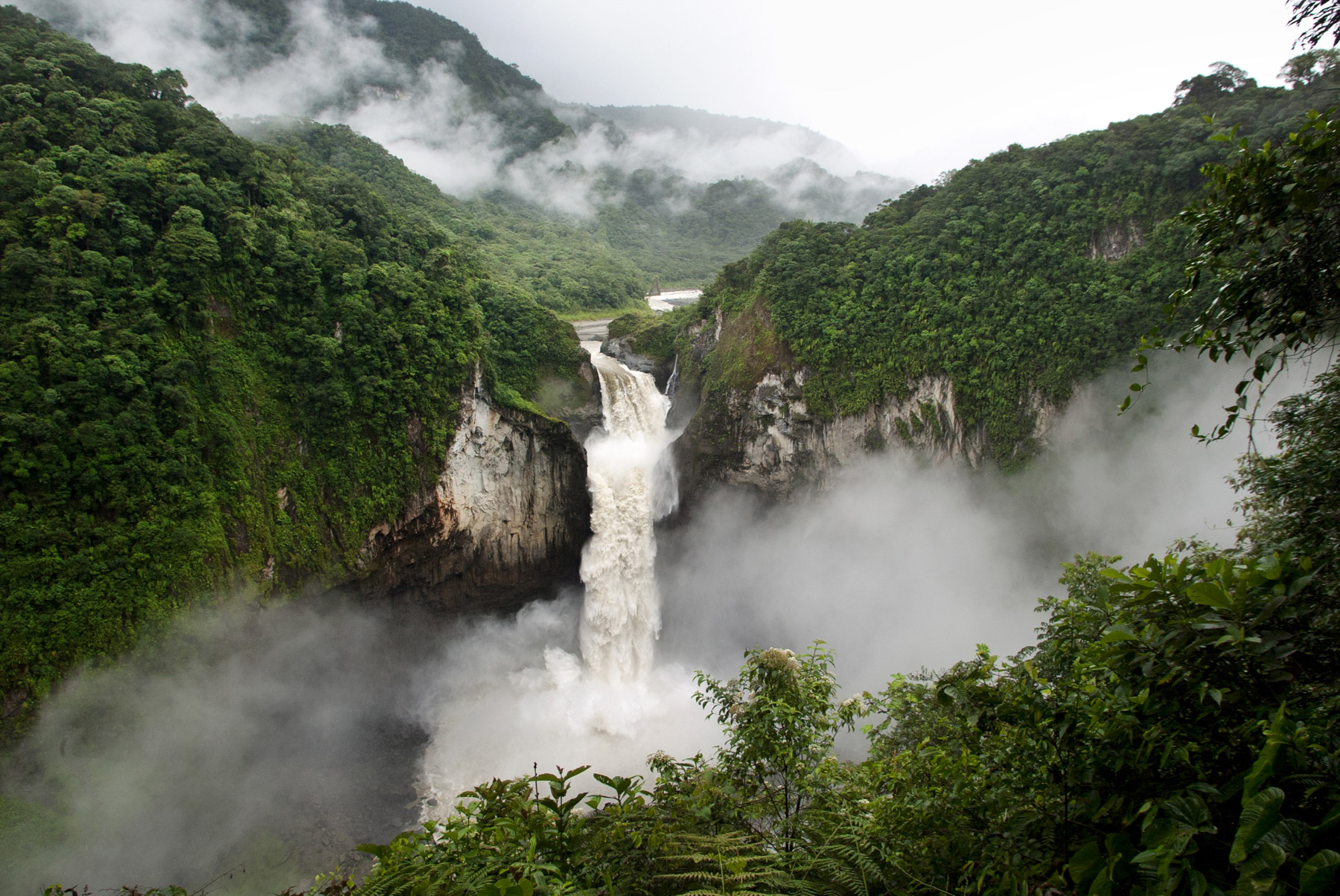


The plan was to finish the photo report and continue his career as an international photographer, going from country to country. But a friend saw the photos and said, “There’s a book.” Then the other journey began: one that, Carlos suspects, will never end.
Coca: the Lost War became a book in 2019. Carlos followed the coca route through America, from the Andes Mountains to New York. He met the Murui Muinai, who can hear the plant on the banks of the Igará Paraná River in the Colombian Amazon, and the mothers of young Afro Descendant and Latinos locked up for micro-trafficking in privately run prisons.
In the middle, he met the extremes. For one of the chapters, he spent 70 days in Mexico following the narco route. “I have never seen so many dead in my life and so many actions with death,” he recalls. “It was like they were playing who can chop their victims’ heads in more pieces.”
He ended up exhausted from so much violence: never again, he told himself, I want to see a hit man or a drug dealer again. And there, at that point where he was about to break, where everything seemed to be about to end, Carlos finished confirming what he had always suspected.
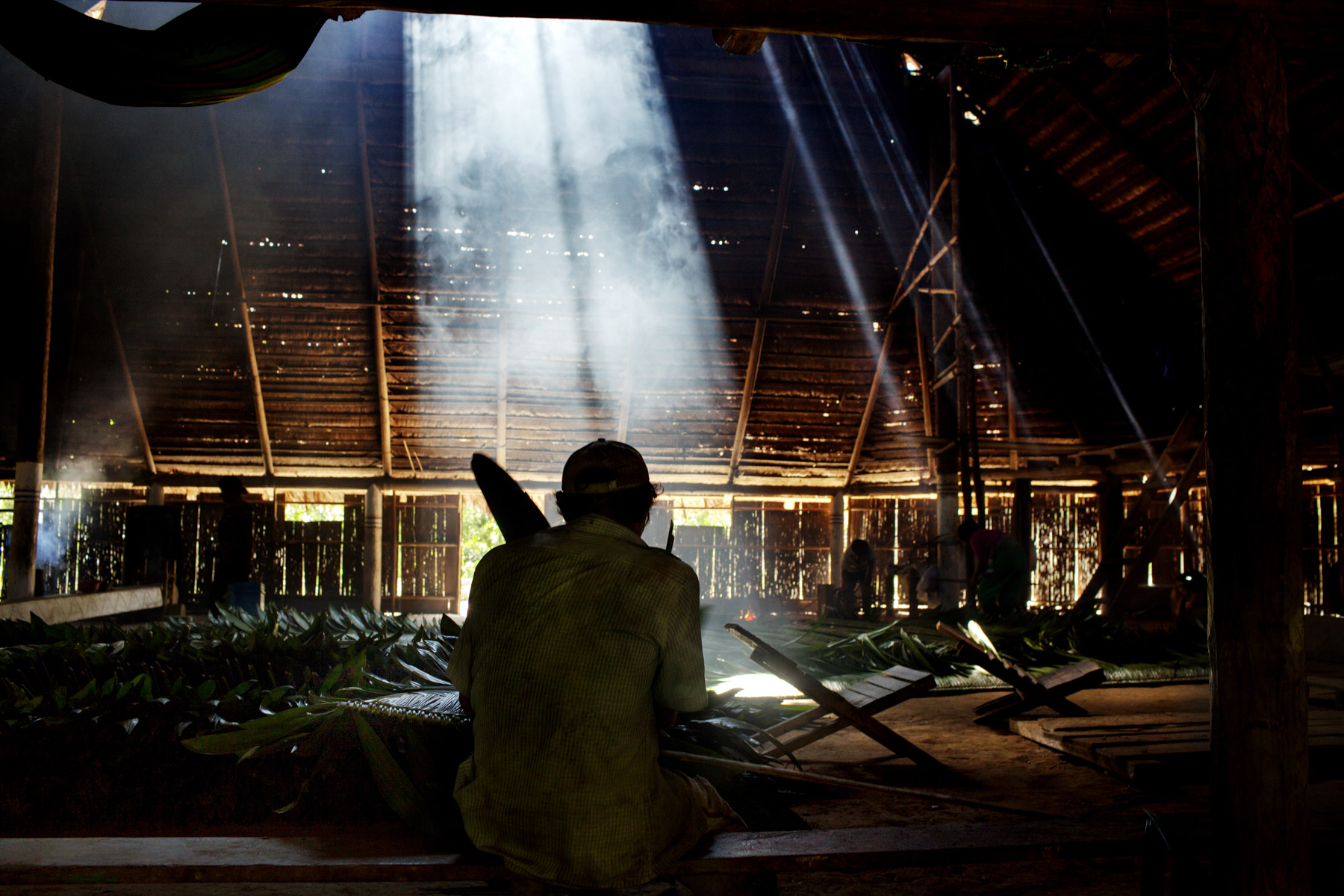
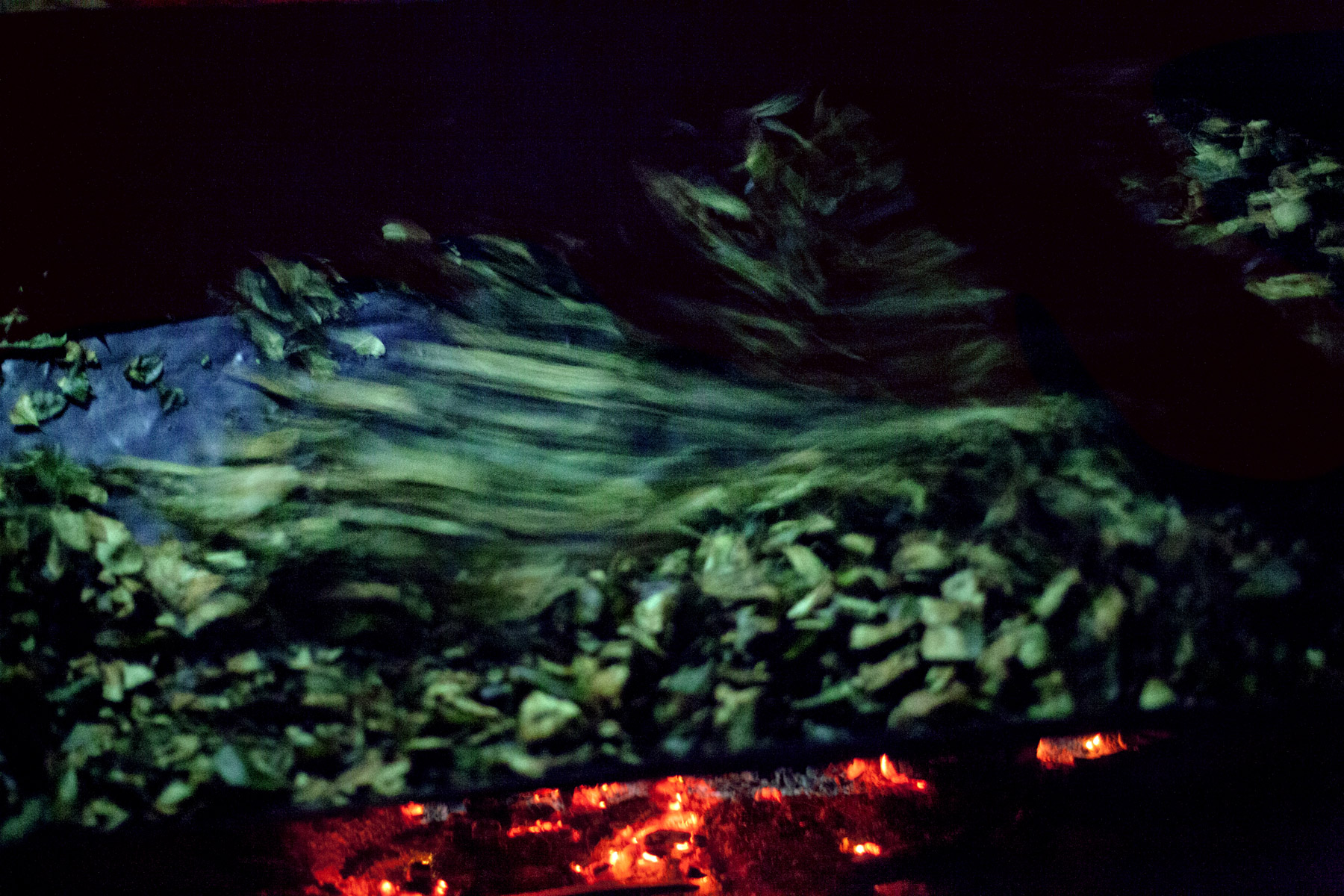
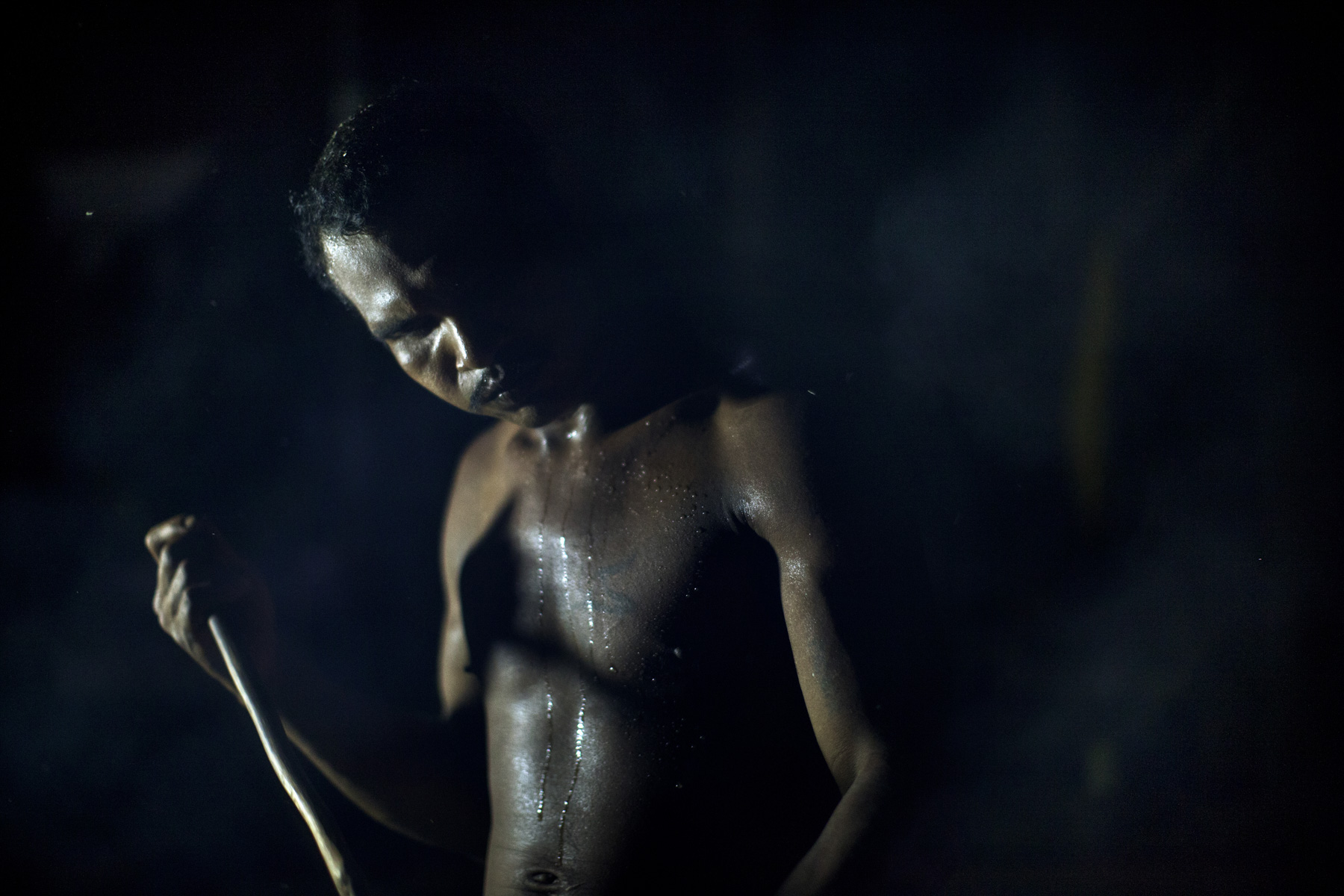
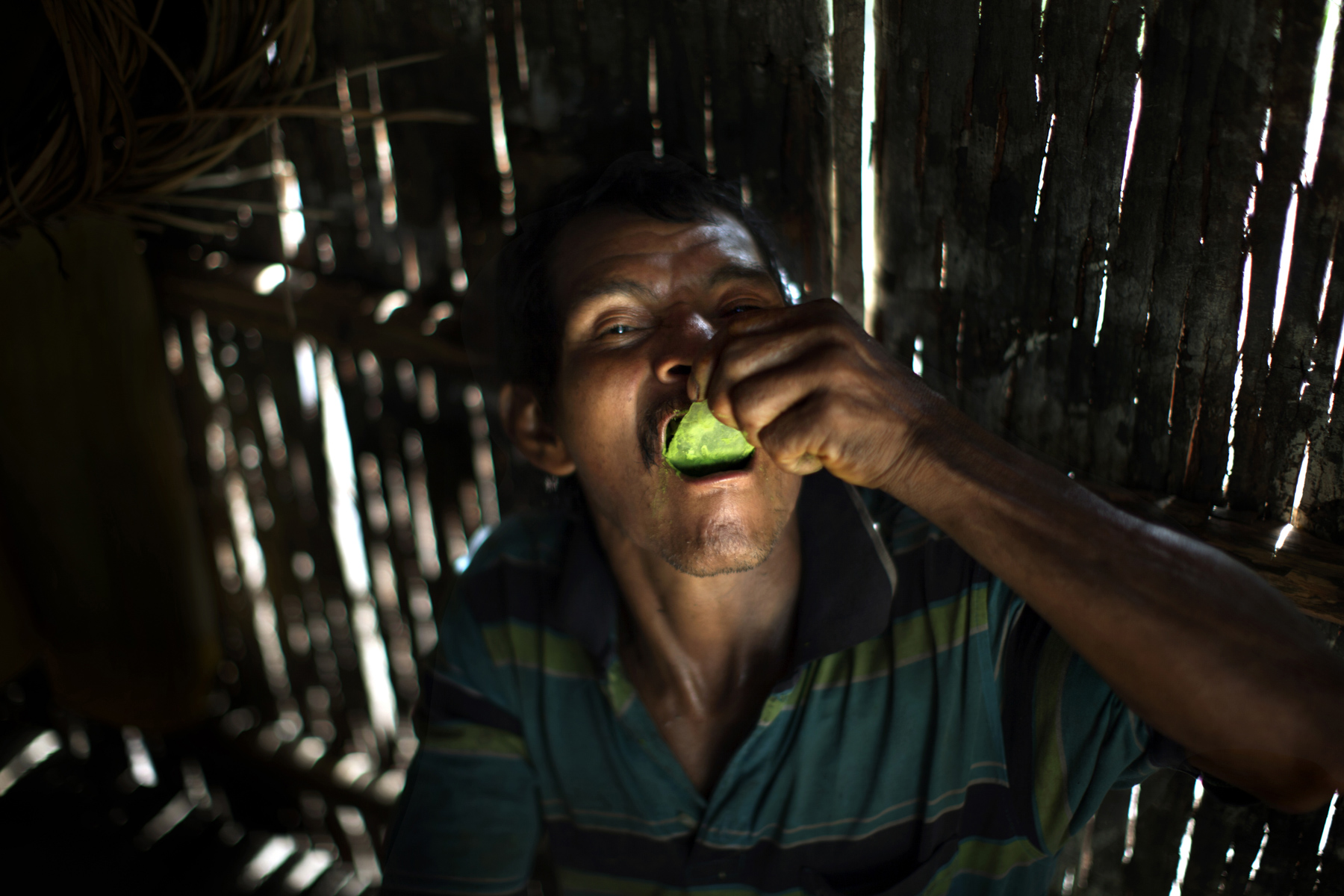
“There were many search trips, but somehow it was the plant that always guided me.” And in the end, the plant took him to the Amazon, where it live in its natural state and with the people who protect it.
On his third day in the Amazon he began to share with the indigenous people. One day a boy asked him to stay at his house taking care of the fire. “There I began to understand all this about sacred coca and how it helped me to get rid of all that tension I had for Mexican violence, a brutal thing.”
For Carlos it was the end of the trip: the purest place, where everything begins. There he finished learning that cocaine is from the white man and that coca is indigenous: that it is sacred and it is power. A power that somehow affects those who consume it and those who do not.
And although the encounter with the sacred was at the end and helped Carlos, not only to understand but to heal the wounds of the trip, the construction of the story begins there, in Putumayo: the first chapter of the book portrays that zero kilometer where the Coca leaf is still cultivated and consumed in a traditional way.
How is the trip going? The book is spinning alone: He is already thinking of a second edition of the book and new stories to tell. And after so many years of registering the world of coca, he wants to share his knowledge about this plant, to convince the world that it can be a benefit to humanity.
And he does so with the conviction that coca will win the war to which it was pushed. “Beyond everything that was manipulated,” he says, “in the end it will remain the sacred plant.”
